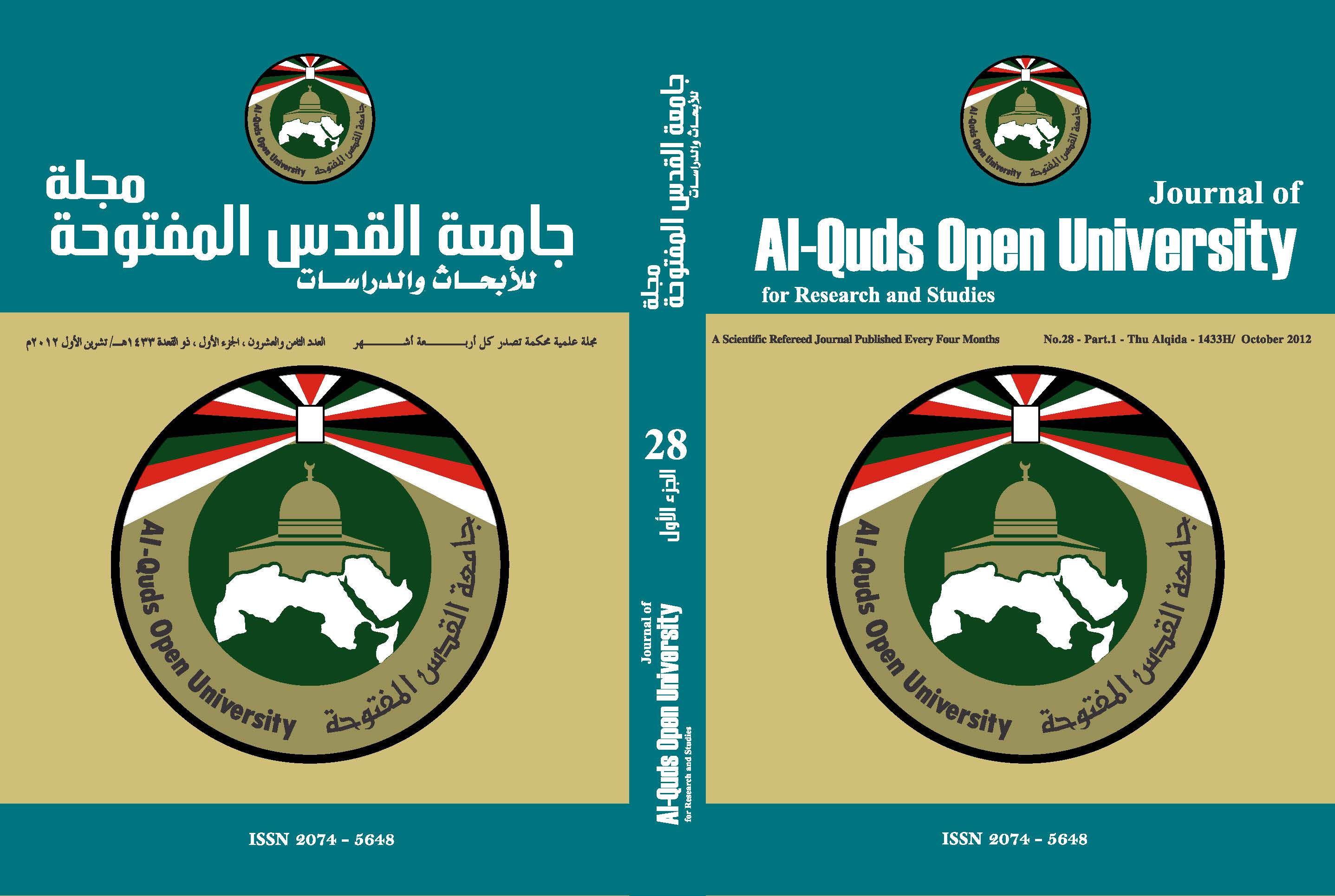King Herod the Great: A Historical Archaeological Study
Keywords:
King Herod the Great, A Historical Archaeological Study, Herodium, Roman Empire, EmperorsAbstract
Herod the Great, one of the Kings in Palestine at the beginning of the
Roman age, was able through his pragmatic personality to pass the era of
emperors, conflict and to popularize himself as an effective and powerful
King. He settled down conflicts, wiped out competitors, and ruled over the
area extending from the Mediterranean to the Jordan River. He constructed
several cities, many huge buildings, walls and castles. He dug several
acquasystem canals which carried water to many important parts in the
Kingdom, especially Jerusalem.
Many stories were given about his personality. Some historians considered
him as a dictator while others referred to him as a pragmatic person who
understood the nature of the temporary conflicts, proved his personality and
saved the area from wars between great empires.
Herod built his castle south of Bethlehem on a high mountain in which
you can see the lower directions. It is a strong and huge castle on a cone
shaped mountain distinguished by its unique circular design. He also
constructed high circular tower and bathrooms in the Roman style in which
you can find paths, passages, columns and arch ceilings. At the bottom of the
mountain, Herod built a race cycling for horses, and the theatre for games
and ceremonies. Furthermore, he created many buildings with many rooms
for different purposes. To the west of these buildings, he had a royal building
for leaders and visitors and a special building for the Gods’ Statues.
In the recent diggings, many building were discovered within the
mountain in which they found the tomb (grave) of the King and many other
churches.
Herod could irrigate the castle in a very genius way since he used the
low areas toward The Dead Sea and brought water from Al- Arroub and
Artas and kept it in huge wells under the mountain. Many people think that
the area in that age was similar to heaven. In conclusion, the way the castle
was built in expressed the King’s ambitions to stay always on the throne,
despite all his lovers and enemies he remained remembered an area in the
desert in the old age.
Downloads
Published
How to Cite
Issue
Section
License
- The editorial board confirms its commitment to the intellectual property rights
- Researchers also have to commit to the intellectual property rights.
- The research copyrights and publication are owned by the Journal once the researcher is notified about the approval of the paper. The scientific materials published or approved for publishing in the Journal should not be republished unless a written acknowledgment is obtained by the Deanship of Scientific Research.
- Research papers should not be published or republished unless a written acknowledgement is obtained from the Deanship of Scientific Research.
- The researcher has the right to accredit the research to himself, and to place his name on all the copies, editions and volumes published.
- The author has the right to request the accreditation of the published papers to himself.













_2.png)
_.png)
_2.png)
_1.png)
_.png)

